Buzzwords like metaverse, augmented reality, and AI-driven interfaces have emerged from trendy tech words to integral components of our daily lives. Personally, I believe the brilliance of these terms lies not just in their novelty but in their capacity to build upon the tech foundations of generations. Here we will look at the mobile app development trends that will shape the future.
The digital revolution is not just knocking at our door – it’s reshaping our very essence. As our society becomes increasingly close to technology, the realm of mobile app development stands at the forefront of this transformation.
As we dive further, it becomes evident that these trends are not sudden bursts of innovation but rather the next steps in a grand technological evolutionary ladder. Let’s embark on a journey to understand the biggest mobile app development trends and glimpse into our tech-infused future.
- Trend 1: Apps for Foldable Devices: Redefining User Experience
- Trend 2: The Rise of the Metaverse
- Trend 3: AI-Driven User Interfaces
- Trend 4: Sustainable App Development
- Trend 5: Quantum Computing Integration
- Trend 6: Decentralized Apps (DApps)
- Trend 7: Enhanced App Accessibility
- Trend 8: On-Device Machine Learning
- Trend 9: Wearable App Integration
- Trend 10: Edge Computing in Apps
- Trend 11: 5G Technology: Unleashing New Possibilities
- Trend 12: Augmented Reality (AR) Beyond Gaming
- Trend 13: Blockchain Technology: Beyond Cryptocurrencies
- Trend 14: Beacon Technology Apps: Personalizing the Physical World
- Trend 15: Mobile Commerce: The New Retail Frontier
- Trend 16: Smart Home Apps with IoT: A Symphony of Connected Devices
Trend 1: Apps for Foldable Devices: Redefining User Experience
The screens in our pockets are evolving, with foldable devices offering dynamic user interfaces and experiences. Global shipments of foldable devices are expected to reach 100 million units by 2023, with a projected Compound Annual Growth Rate (CAGR) of 25% between 2023 and 2028.
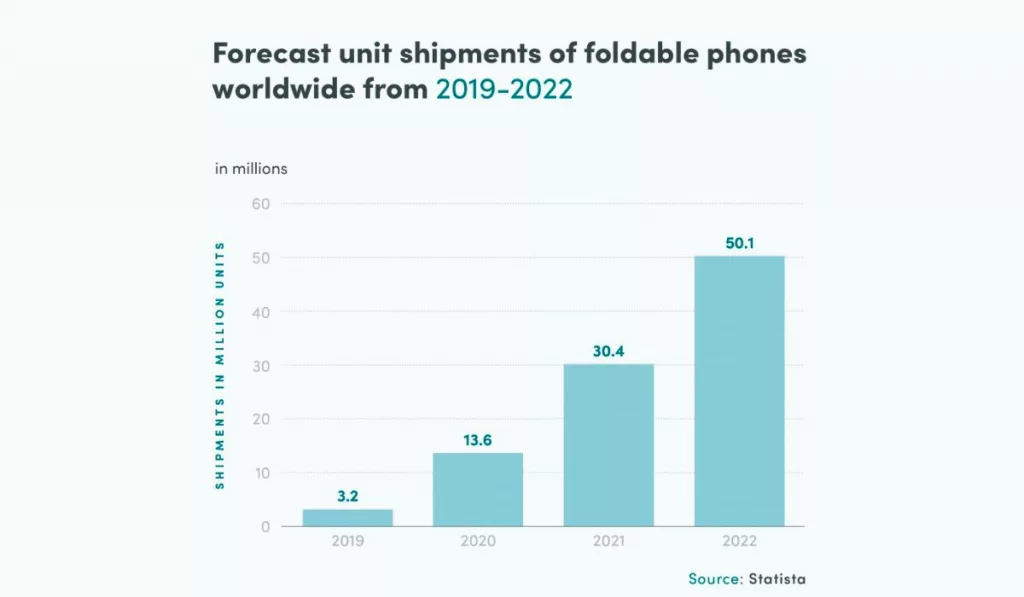
Foldable devices mean apps need to adapt to multiple screen sizes and orientations in real time. Samsung’s Galaxy Fold, OPPO Find N2 Flip, and Huawei’s Mate X provide a glimpse into this future, where a single app can seamlessly transition between various display modes. A friend recently showcased an e-book app on her foldable device, offering an almost tangible book-reading experience as she flipped virtual pages.
App developers will need to incorporate more flexible design principles, ensuring smooth user experiences regardless of screen configurations.
Trend 2: The Rise of the Metaverse
Emerging from the world of virtual reality and social media, the metaverse promises a digital universe, becoming increasingly central to our lives. Active Metaverse users were around 400 million in 2022, and expected to exceed 1.4 billion by 2030.

Companies like Facebook and Epic Games have begun laying the groundwork for these expansive digital universes. Present evidence suggests that people are spending more hours in virtual concerts, meetings, and even real estate tours in the metaverse. Jenny, a 29-year-old digital artist, recently held an art gallery in a metaverse, a concept unimaginable a decade ago. As metaverse platforms become more mainstream, we might see a shift in how we socialize, work, and even conduct business.
Metaverse apps can provide a more engaging user experience. The Metaverse’s interactive, 3D digital environment can transform mobile apps into immersive platforms where users can explore, interact, and engage with digital content in new ways.
Trend 3: AI-Driven User Interfaces
AI is no longer just a backend tool. It’s stepping into the limelight, molding how users interact with apps. Mobile applications with AI-driven security features are more secure and have reported a 90% decrease in mobile app fraud.
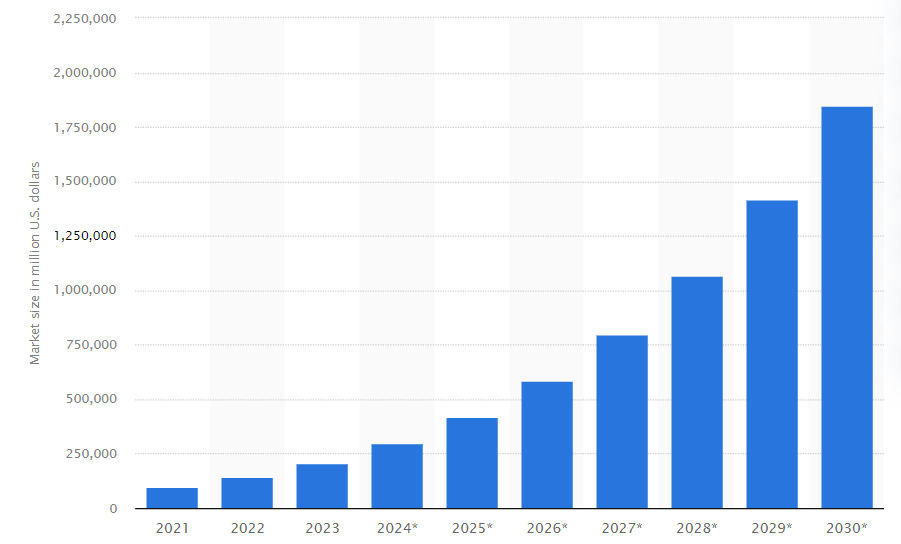
From personalized content suggestions on platforms like Netflix to voice assistants like Siri and Alexa, AI’s influence is palpable. I was particularly amazed when my fitness app began suggesting workouts based on my past behavior and preferences.
With the proliferation of AI models, apps may soon predict and cater to user needs, often before the user realizes them.
Trend 4: Sustainable App Development
As global conversations tilt towards sustainability, the app development space is not lagging. Sustainability is growing within app development, with a focus on energy-efficient apps and reduced resource consumption expected in the near future.
Developers are crafting energy-efficient apps, while businesses prioritize digital platforms with lower carbon footprints. A recent study revealed that sustainable apps witnessed a 20% higher user retention.
The green revolution might manifest in the form of environmentally-conscious app stores or even sustainability ratings for apps.
Trend 5: Quantum Computing Integration
Harnessing quantum mechanics, quantum computing promises unprecedented computational power, reshaping app capabilities. 91% of global business leaders are investing or planning to invest in quantum computing, with 70% developing real-life use cases.
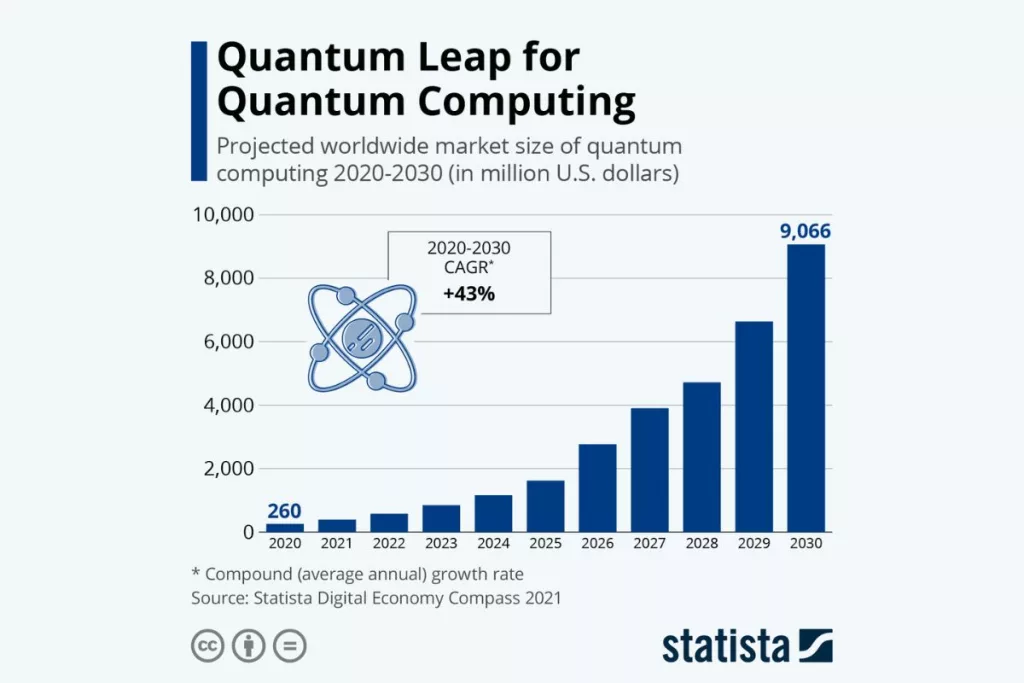
While still nascent, certain fintech and logistics apps leverage quantum principles for enhanced data security and optimization solutions. At a recent tech conference, a demo showcased a transportation app optimizing routes in real-time, thanks to quantum algorithms.
Quantum-ready apps could redefine sectors like healthcare, finance, and logistics, offering solutions previously deemed impossible.
Trend 6: Decentralized Apps (DApps)
With blockchain technology at its core, DApps offer transparency and immunity from central control. The market for DApps is anticipated to grow at a Compound Annual Growth Rate (CAGR) of 56.1%.
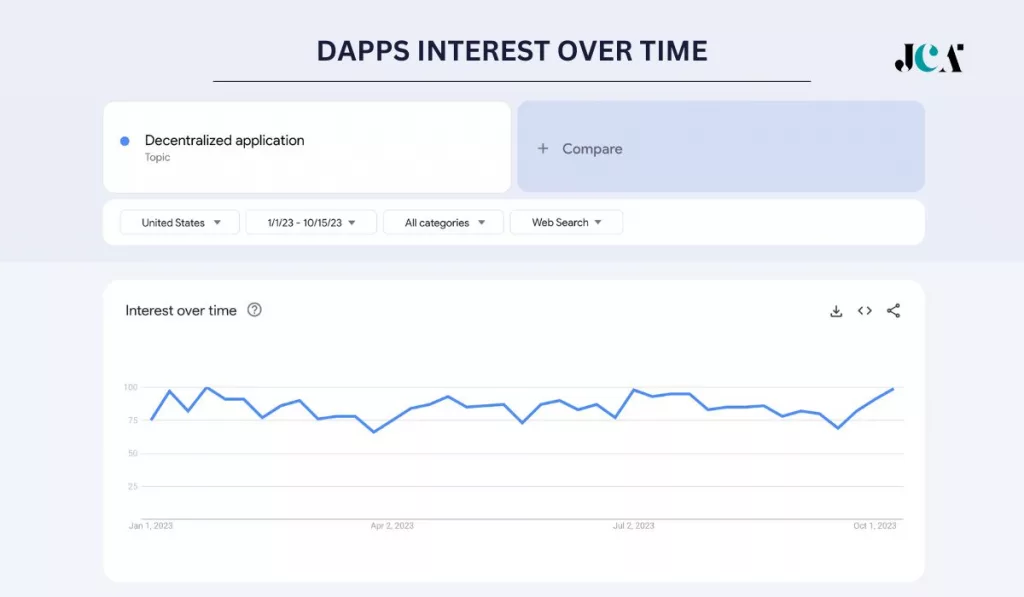
Platforms like Ethereum facilitate DApp development. I recently came across a decentralized social media platform, that promises users full control over their data. The primary sectors where DApp development will proliferate include gaming, identity, and the evolution of Web3 apps.
As data privacy concerns amplify, DApps might become the norm, giving users enhanced security and control.
Also have a look at Top DeFi Development Companies
Trend 7: Enhanced App Accessibility
Inclusivity in the tech world is gaining momentum, with apps becoming more accessible to all. The integration of AI and machine learning in mobile apps to understand user behavior continues to rise, set to further progress in 2025.
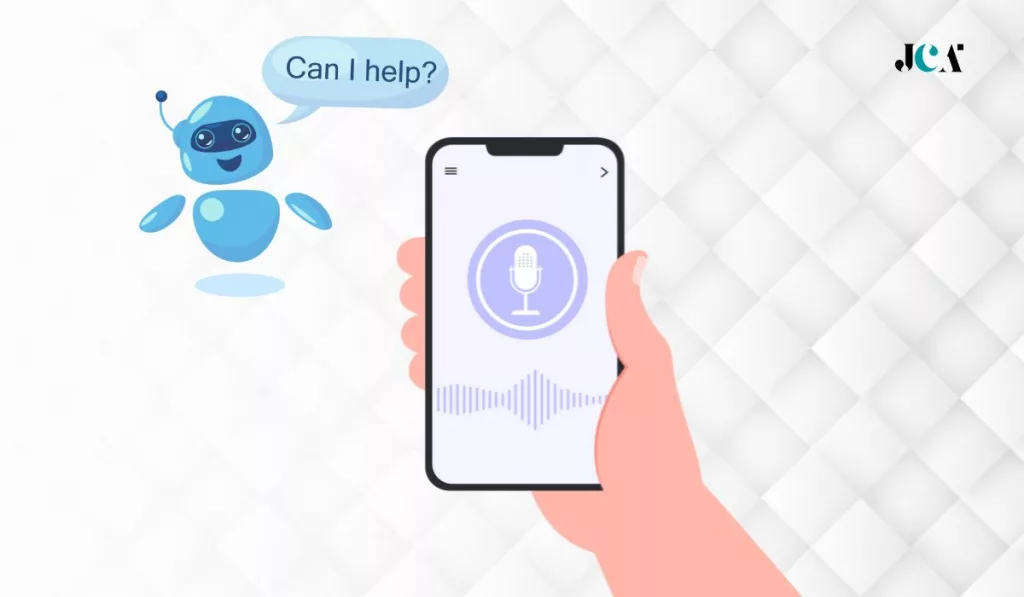
Features like voice commands, screen readers, and haptic feedback ensure everyone, regardless of their abilities, can utilize apps. A visually impaired colleague shared how certain e-reading apps have transformed his reading experience.
A move towards universal design principles could usher an era where apps are universally accessible, bridging the digital divide.
Trend 8: On-Device Machine Learning
Machine learning is shifting closer to users, with computations occurring directly on devices. On-device machine learning, part of the broader trend of AI and machine learning integration in mobile apps, is expected to continue its upward trajectory in 2025. These technologies are transforming the mobile app landscape by empowering developers to create intelligent apps that understand and assist users.
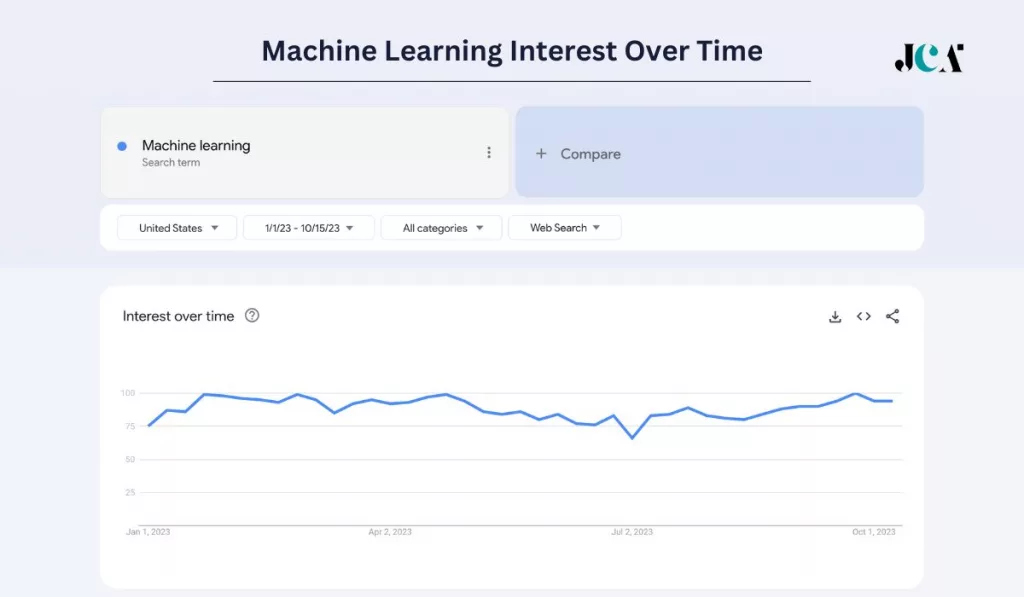
Apple’s Core ML and Google’s ML Kit empower developers to integrate machine learning directly into apps, enhancing performance and privacy. My personal experience with on-device language translation while traveling was nothing short of transformative.
With on-device ML, apps can offer personalized experiences without compromising on user data privacy.
Trend 9: Wearable App Integration
Beyond smartphones, wearable devices are the new frontier for app developers. From fitness trackers to smartwatches, apps now interact seamlessly with wearable tech. I recall my astonishment when my smartwatch app detected irregular heart rhythms, emphasizing the merger of health and tech. The integration of Mobile Commerce (M-Commerce) features into wearable devices is a notable trend for 2025, hinting at a synergy between mobile and wearable tech.
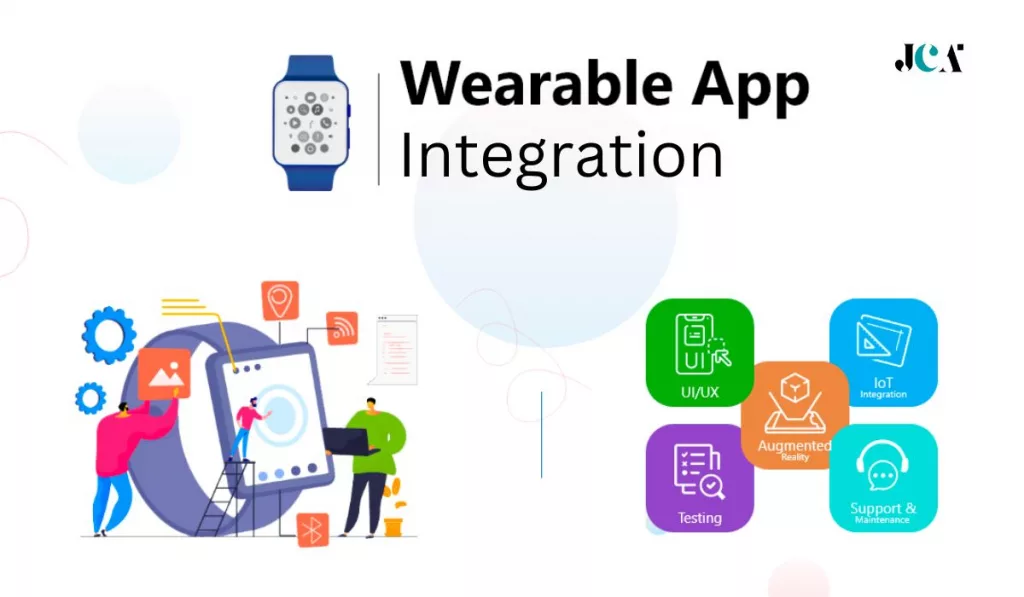
The symbiosis of wearable tech and apps promises a future where our entire digital experience is woven into our physical reality.
Trend 10: Edge Computing in Apps
Edge computing decentralizes data processing, bringing it closer to the data source, i.e., the user’s device. This results in faster response times and reduced latency. For instance, smart home apps utilizing edge computing offer real-time controls with negligible delays.
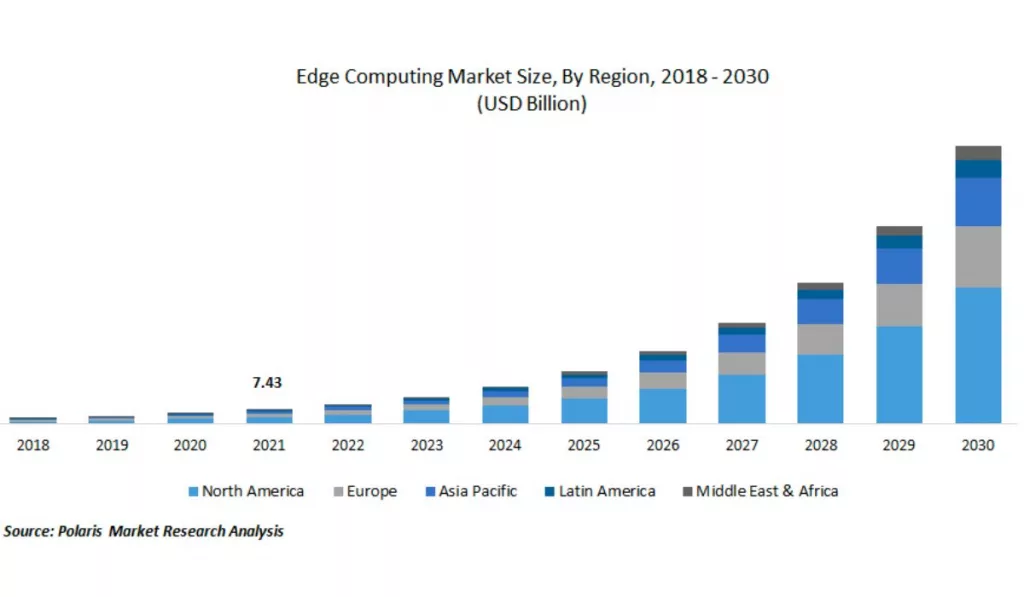
Edge computing is replacing cloud computing in mobile development trends for 2025, marking a shift towards more decentralized computing architectures in app development. The fusion of edge computing and app development might lead to hyper-responsive apps, particularly crucial for sectors like autonomous driving and telemedicine.
Trend 11: 5G Technology: Unleashing New Possibilities
5G, the fifth generation of wireless networks, is more than just a speed upgrade. It promises to revolutionize how apps function and interact with users. 5G ensures super-fast download and upload speeds, reduced latency, and unparalleled connectivity. This technological leap made it possible for me to download a feature-length film in mere seconds. The gaming industry is already benefiting, offering real-time multiplayer experiences with zero lag.
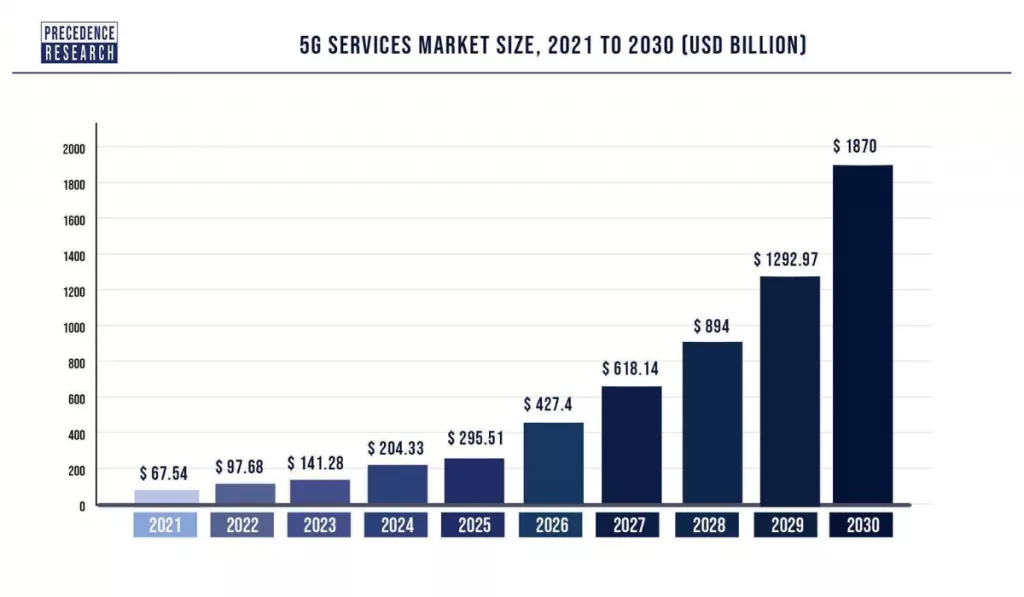
5G could become the backbone of augmented reality experiences, autonomous vehicles, and other data-intensive applications, setting a new benchmark for digital interactions.
Trend 12: Augmented Reality (AR) Beyond Gaming
While AR initially gained traction through games like Pokémon Go, its potential extends far beyond playful ventures. The AR market is valued at $57.26 billion in 2023, projected to reach $597.54 billion in 2030.
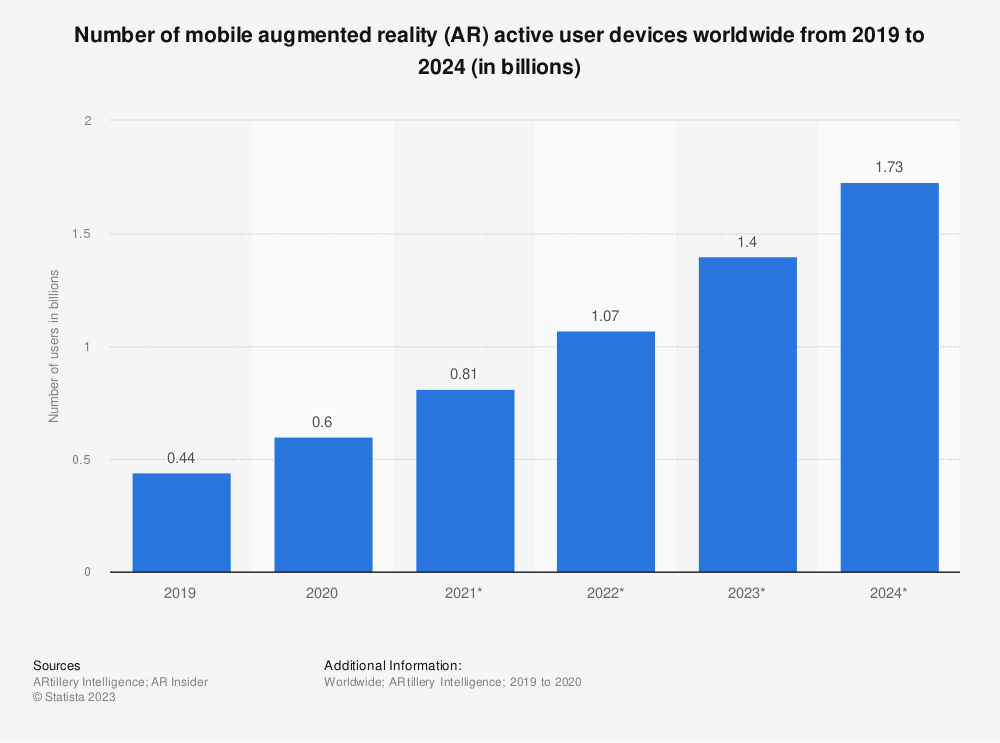
Brands are leveraging AR for interactive marketing campaigns, while educators employ it to craft immersive learning experiences. A friend recently shared an AR-powered app that allows users to visualize furniture in their own space before purchasing. I recall the name of the app i.e. IKEA using this feature.
As AR tools become more accessible, we can anticipate a world where AR integrates seamlessly into our daily tasks, reshaping shopping, learning, and entertainment.
Trend 13: Blockchain Technology: Beyond Cryptocurrencies
Blockchain, while synonymous with cryptocurrencies, offers a transparent and secure foundation for apps.
Blockchain ensures data integrity through its decentralized ledger system. Beyond financial transactions, it’s being employed in apps for supply chain management, digital identity verification, and more. Last year, I was intrigued by a music streaming app using blockchain to ensure artists receive fair compensation for their work.
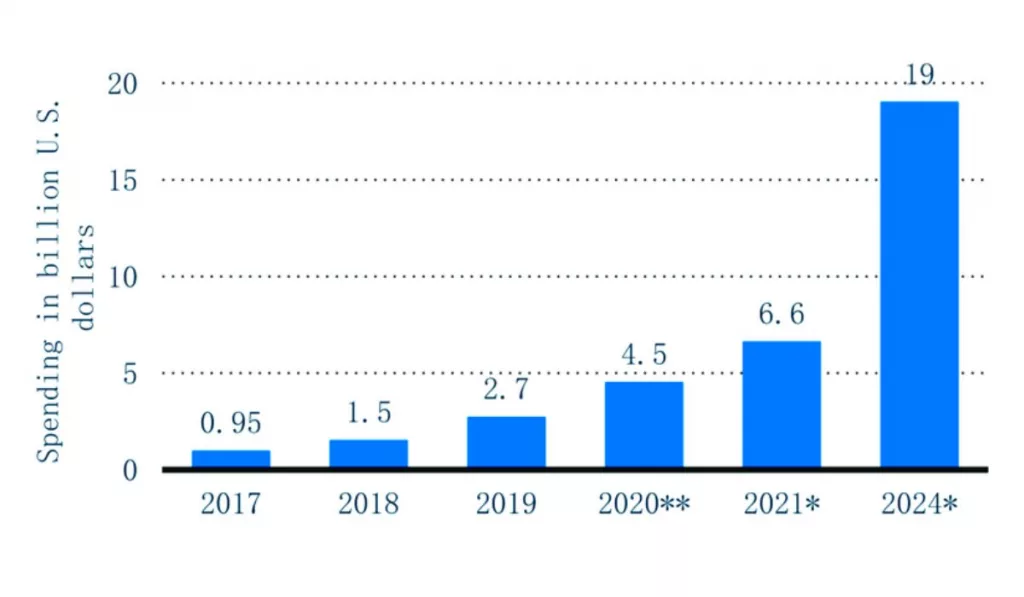
Blockchain might become a default for apps requiring transparency, data security, and tamper-proof operations.
Trend 14: Beacon Technology Apps: Personalizing the Physical World
Beacons, small wireless transmitters, are bridging the gap between offline and online experiences. Retailers are among the early adopters, using beacons to send personalized notifications to users’ smartphones based on their in-store location.
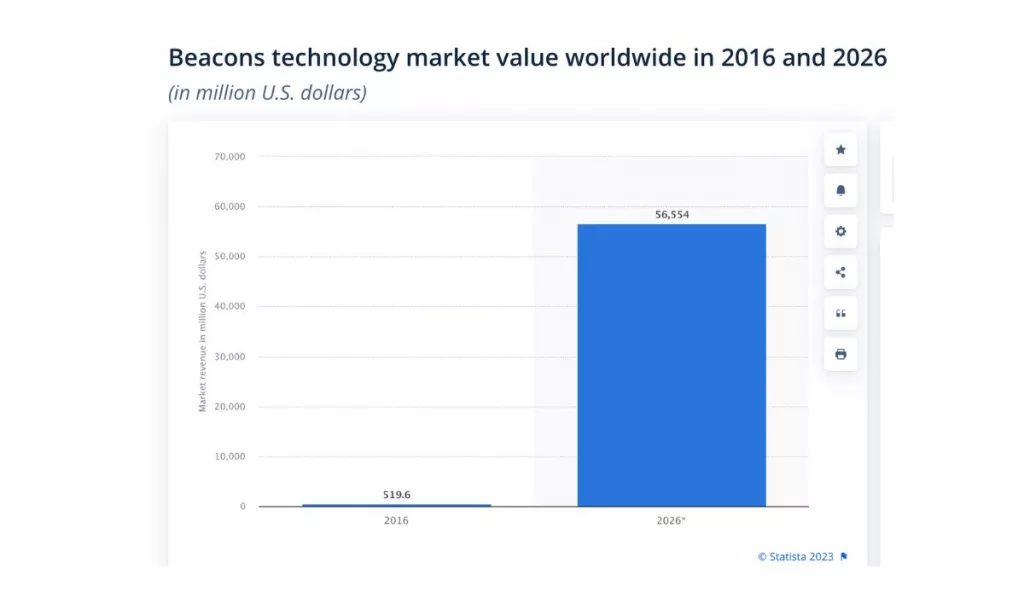
Beyond retail, beacons could redefine museums, events, and transportation, offering context-rich experiences to users. This technology is showing promise in bridging the online and physical world gap, with significant potential in healthcare and travel industries.
Trend 15: Mobile Commerce: The New Retail Frontier
Shopping is no longer confined to brick-and-mortar stores or desktop browsers. Mobile commerce apps are the new marketplaces. The demand for mobile payment apps is growing due to the rapid development of eCommerce, with m-commerce sales predicted to hit $534.18 billion in 2025.
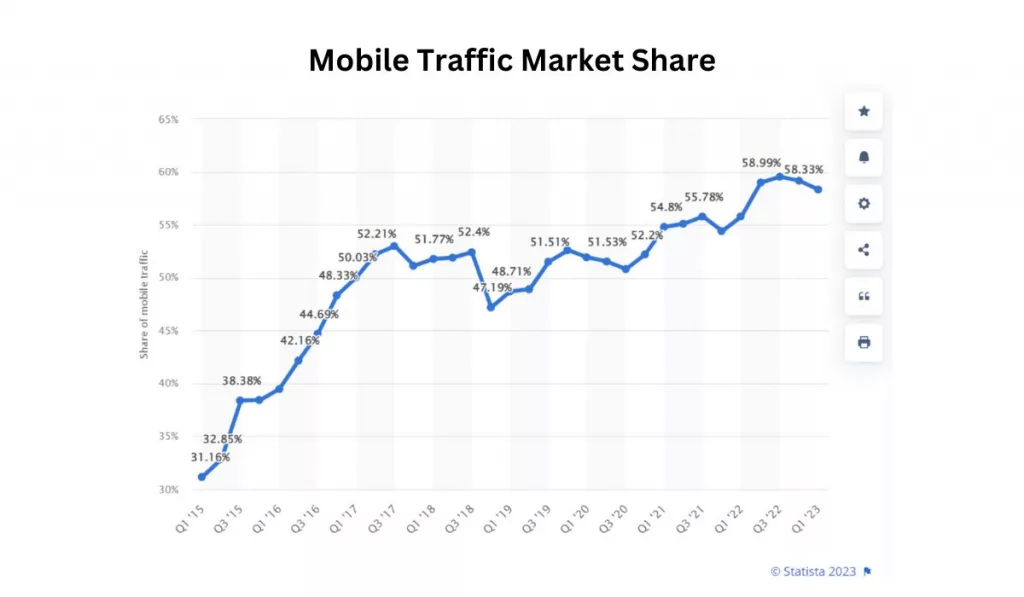
From browsing to checkout, the entire shopping experience is being optimized for mobile screens. Apps like Shopify and WooCommerce empower even small businesses to offer seamless mobile shopping experiences. A recent personal purchase, a handcrafted vase from a local artisan, was facilitated through such an app, reflecting the global reach of mobile commerce.
Mobile commerce might eclipse other forms of online shopping, becoming the default choice for digital consumers.
Trend 16: Smart Home Apps with IoT: A Symphony of Connected Devices
The Internet of Things (IoT) is reshaping our living spaces, with smart home apps acting as conductors for a symphony of devices. The global number of users in the smart home market is forecasted to increase by 311.9 million households between 2023 and 2027.
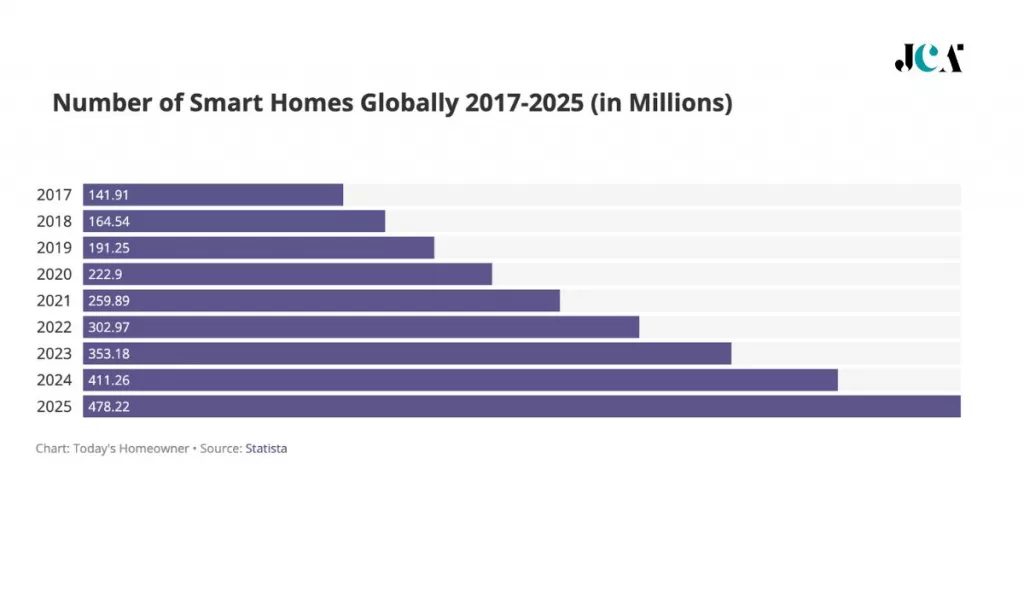
The demand for IoT-enabled apps is on the rise, with mobile app development players like Samsung, Xiaomi, Nest, and Honeywell making significant inroads in the IoT space.
From controlling room temperature to ensuring home security, these apps offer centralized control for a plethora of devices. Recently, a neighbor showcased how she could preheat her oven, dim her living room lights, and play soothing music, all through a single app.
As the IoT ecosystem expands, smart home apps might evolve into intricate digital butlers, ensuring our home environments adapt to our preferences and needs in real-time.
Final Thoughts
The mobile app landscape, once a mere reflection of our desires, now actively shapes our aspirations and behaviors. As these trends evolve, we stand at the precipice of a world where our physical and digital realities seamlessly intertwine. But where do we head from here? As we ponder upon this, it’s vital to actively participate in molding this digital future, ensuring it’s inclusive, sustainable, and truly revolutionary. After all, shouldn’t the question be not just what our apps can do for us, but what we can do for our collective digital future?










Leave a Reply